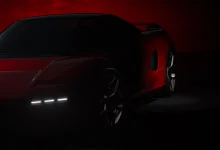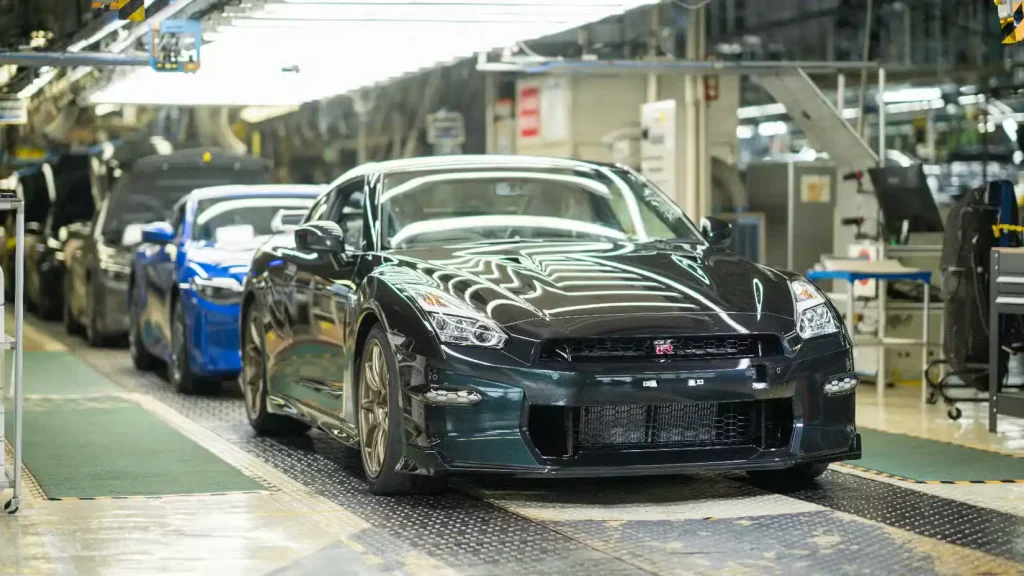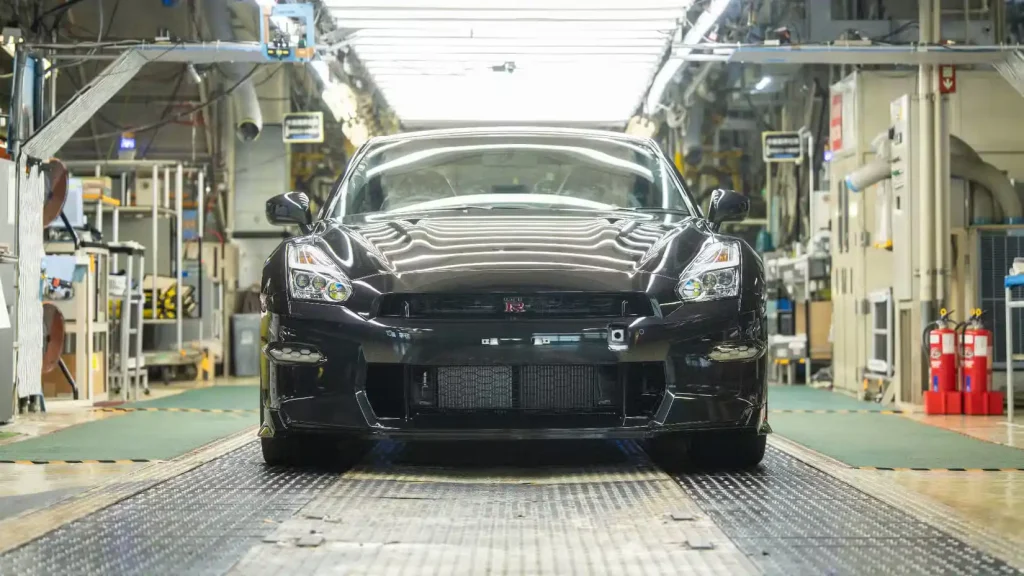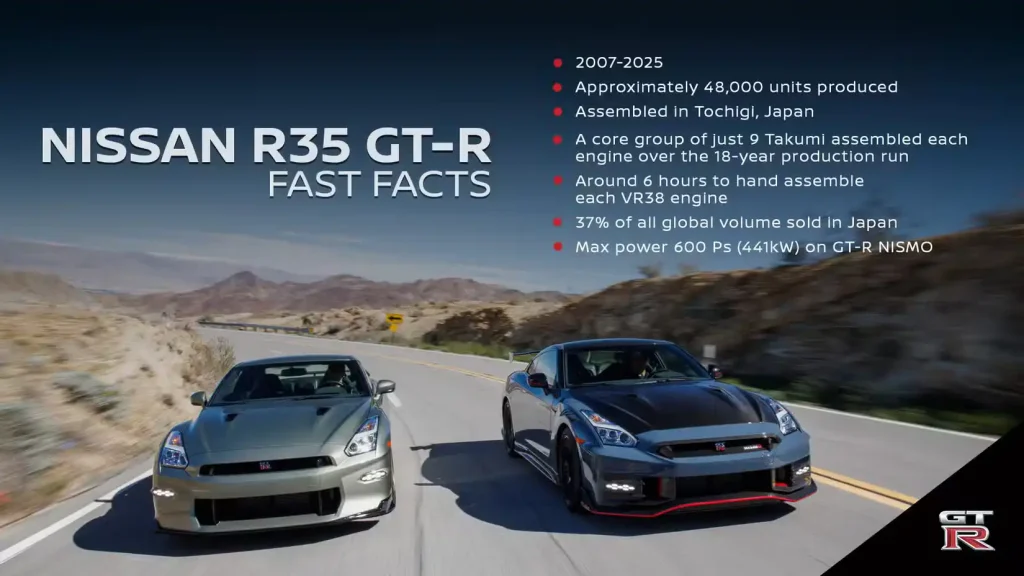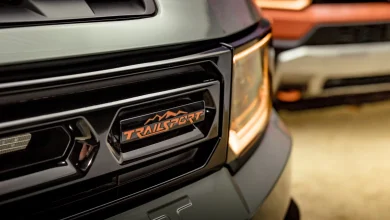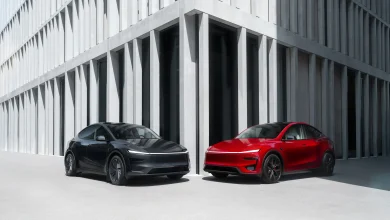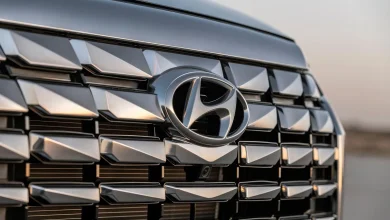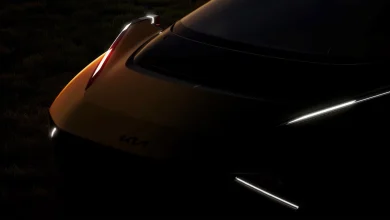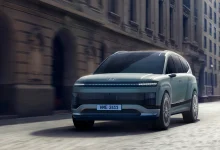The Godfather of the Nissan GT-R Hopes for a Combustion-Powered R36
"This statement comes from the person behind the decision to equip the R35 GT-R with an automatic transmission."

The last R35 Nissan GT-R left the production line on August 26, 2025, with Nissan hosting a ceremony to mark the sports coupe’s retirement. After 18 years of production and around 48,000 units built, an era came to a close. The final car—a Premium Edition T-Spec finished in Midnight Purple—was destined for a customer in Japan.
Hiroshi Tamura was on hand to witness the final R35 roll off the assembly line. Having spent years shaping Nissan’s sports car lineup, he earned the nickname “Godfather of the GT-R,” or simply “Mr. GT-R.” Tamura has been involved with the R35 from its inception, starting with the original concept back in 2001. Now, he’s looking back on the model’s legacy while sharing his thoughts on its future—hinting at exciting details for the R36’s powertrain.
“I have always said, and I still believe, that the GT-R is a car that represents the essence of Nissan’s DNA. This car embodies our passion for creating exciting cars and our commitment to extreme performance.”
– Hiroshi Tamura, Godfather of the GT-R
What Might the Next GT-R Look Like?
In an interview with Nissan, Tamura shared his vision for the next Nissan GT-R. Based on his comments, it appears the new model won’t be arriving anytime soon.
“Our starting point and goal will always be to bring smiles to our customers’ faces and deliver genuine driving pleasure, so we ask for everyone’s patience,” Tamura said. “There was a 16-year gap between the first-generation Nissan GT-R and the R32, but Nissan never gave up on the GT-R.” Regarding the next-generation model, Tamura expressed his personal wish for combustion power: “I hope future GT-Rs will keep at least some of the engine sound. This reflects my own preference, not the company’s official direction.”
Rumors about the next-generation Nissan GT-R remain scarce, with speculation suggesting it could be a hybrid—or even fully electric. At the conclusion of the production ceremony, Nissan President and CEO addressed fans directly: “To the many GT-R enthusiasts around the world, this isn’t a farewell forever. Our goal is for the GT-R nameplate to make a return one day.”
How Tamura Helped Create “Godzilla”
Tamura championed several key innovations that set the R35 apart from previous Nissan GT-R. Notably, he advocated for a V6 engine, as its shorter length allowed better weight distribution by positioning the powerplant behind the front axle—departing from the inline-six engines used in all earlier generations. He also played a crucial role in the adoption of the six-speed automatic transmission.
“The two-pedal design was crucial,” Tamura told Nissan. “In the early 2000s, I read a technical paper highlighting the potential of dual-clutch transmissions. By around 2003, reports began emerging that Italian supercars were adopting automatic gearboxes and their owners were very satisfied. Gradually, more people started to support my idea.”
Tamura played a hands-on role throughout the R35’s development. “I’ve visited the Nürburgring over 100 times, spending roughly 500 days there. It’s a truly special place for developing the R35 Nissan GT-R,” he said.
Tamura also shared a fascinating tidbit about the T-Spec model. During development, it carried the internal name “TM,” standing for both “Trend Maker” and “Traction Master.” Ultimately, the production name aligned better with previous Nissan GT-R variants, such as the V-Spec and M-Spec.
The “Godfather of the GT-R” has every reason to be proud of his creation. Few sports cars enjoy an 18-year evolution rather than being completely replaced. Now, fans can only hope that his vision of a combustion-powered successor comes to life with the R36.

